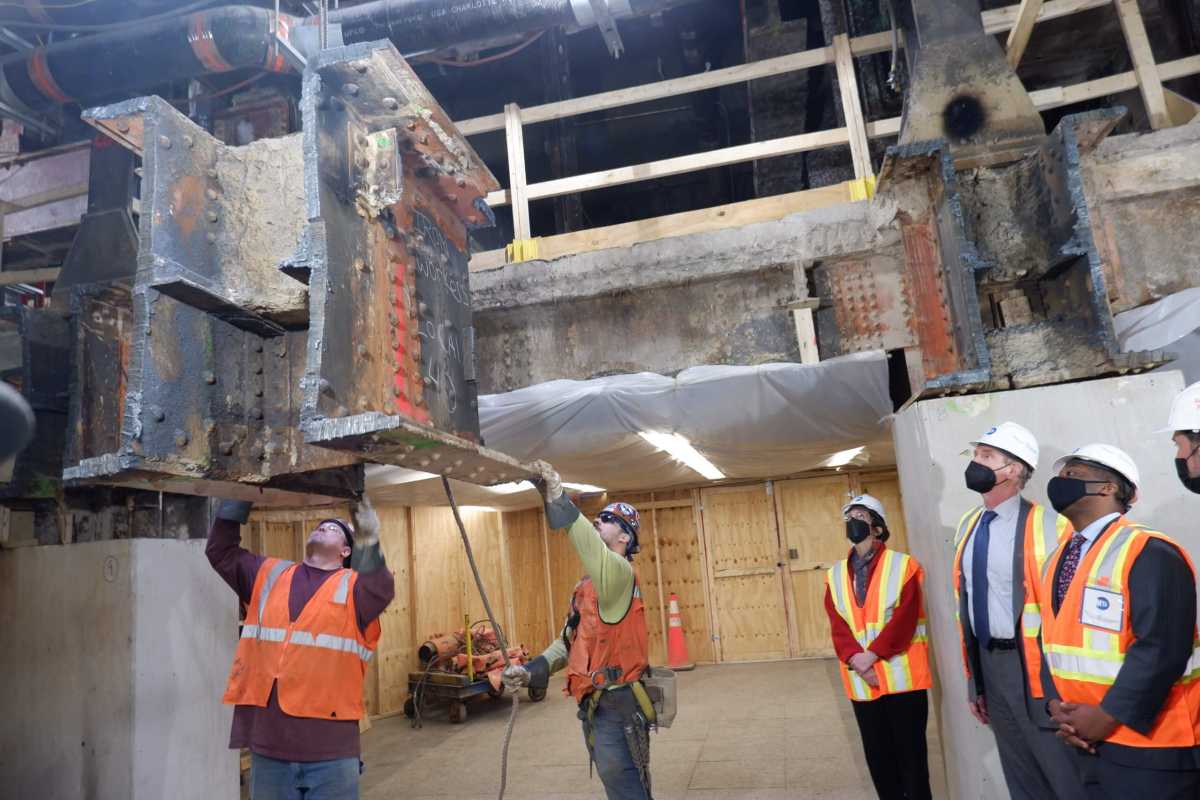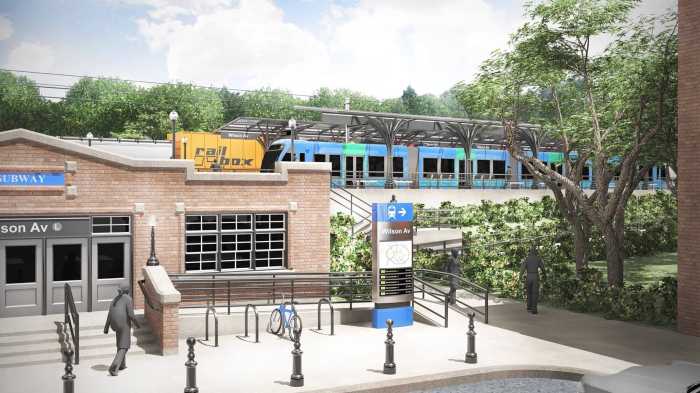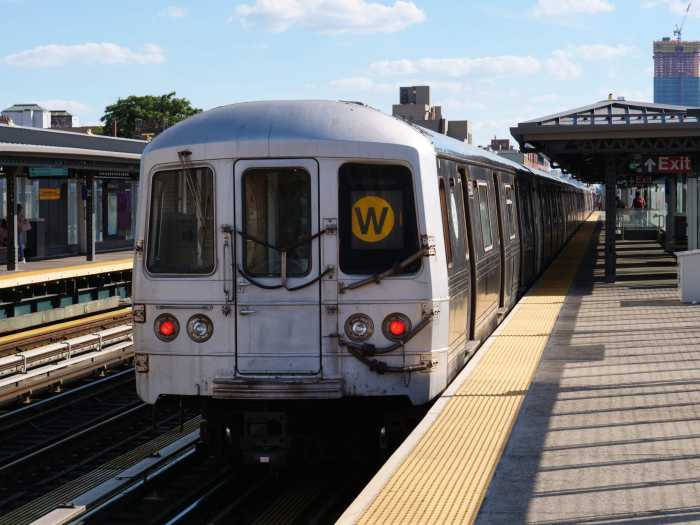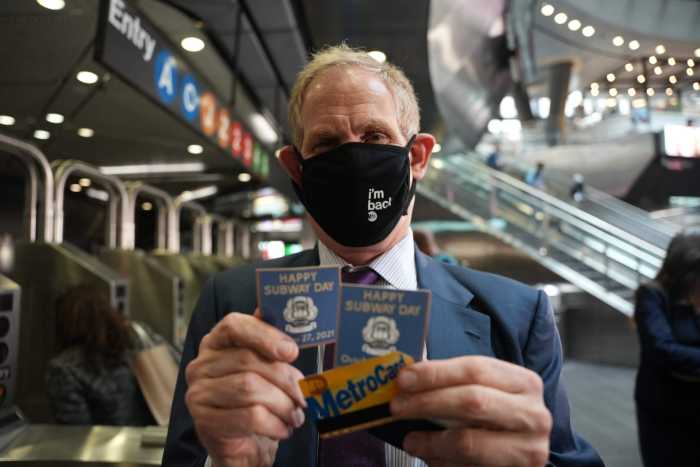Knock, knock, knocking your head no more!
Construction workers started removing massive low-hanging steel beams known as “head knockers” from Penn Station’s 33rd Street concourse this week as part of the Metropolitan Transportation Authority’s $559 million renovation of the notoriously cramped corridor.
“Everyone who uses the Long Island Rail Road concourse knows them and hates them, because they prevent us from having any human-sized head height,” said MTA Chairperson and CEO Janno Lieber during a press conference inside a construction site in the station Tuesday. “These are the main culprit in making Penn feel so dungeon-like, among other culprits.”
The 10-ton beams are original to the old Penn Station, but hang as low as 6 feet, making them a hazard for taller commuters rushing through the passageway between 7th and 8th avenues.

Their removal is part of a larger almost four-year revamp to widen and heighten the concourse, following the opening of a new entrance at its eastern end.
MTA had to first put in a new support structure for the streets and stadium above before removing the load-bearing beams, said the agency’s head of construction and development.
“We had to remove the previous structural roof and replace it with a secondary structure that supported not only the street, but also Madison Square Garden — all without shutting down 7th Avenue, and all by operating the busiest train station in North America,” remarked Jamie Torres-Springer. “This was a very complicated feat of engineering.”
There are seven head knockers total and the MTA took out the first one last week, the second one Tuesday, and will start lifting out the others this weekend, Torres-Springer said.
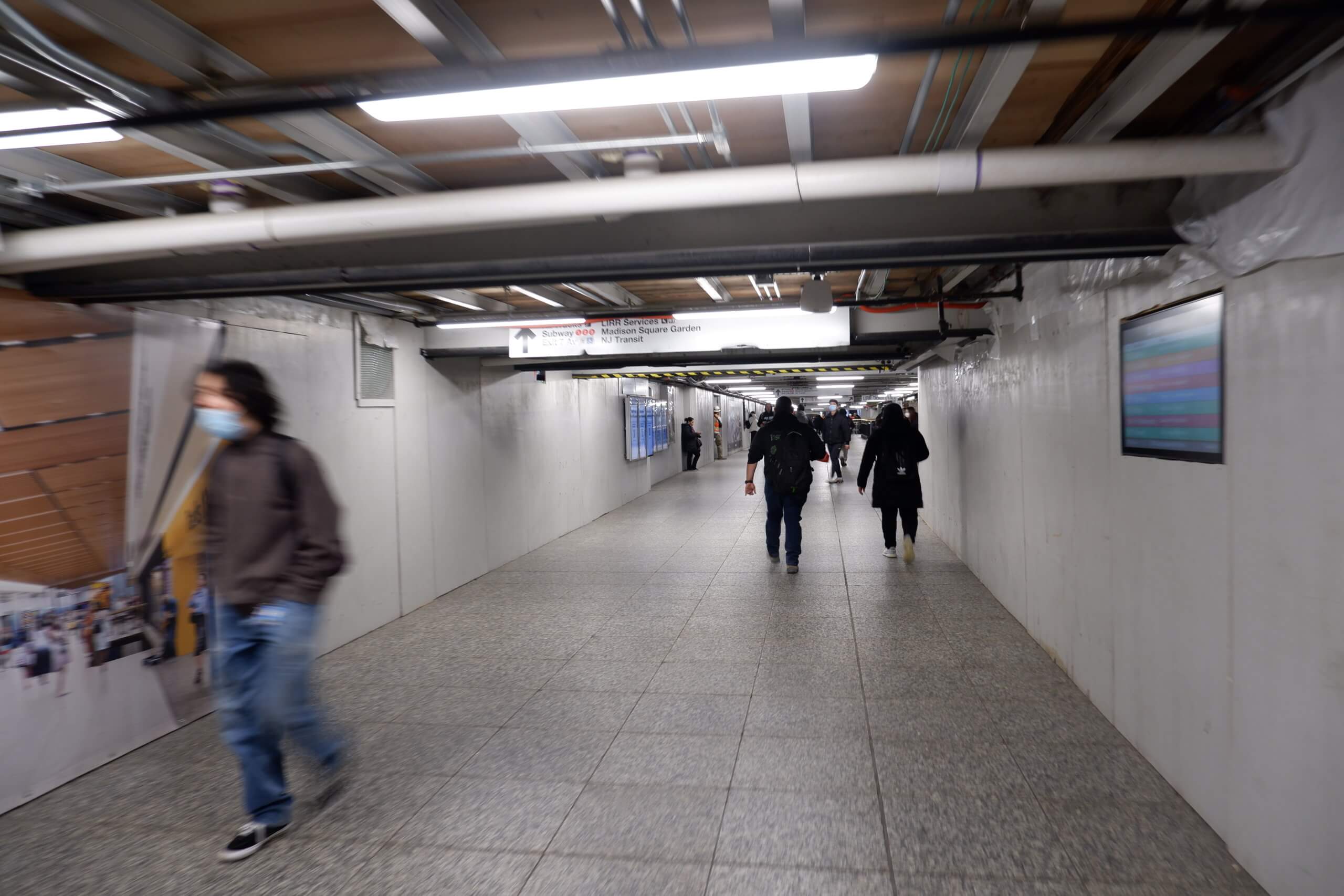
The agency started the project in June 2019 to overhaul the corridor, beginning with a grand new entrance with escalators, which opened at the end of 2020.
Construction contractor Skanska is working to raise the ceilings to a uniform 18 feet and widen the walkway from 30 feet to almost double at 57 feet, along with new entrances, stairwells, and elevators to the tracks.
Developer Vornado will be in charge of the new retailers that will line the corridor and the renovation is slated to wrap in March 2023.
Its scope makes up about one fifth of Penn Station and Governor Kathy Hochul and the MTA plan to roll out a facelift for remainder of the maze-like transit hub.
“This is 20% of Penn Station, the other 80% can and will look like this, with these wide capacious corridors, with the room under the ceilings for people to feel comfortable, with the improved entrances,” said Torres-Springer.
Hochul’s $6-7 billion proposal is to knock out one or two floors to create a light-filled train hall inside Penn Station along with 8 acres of new public space.
The governor relaunched a slightly scaled back — but still controversial — version of a Cuomo-era 10-tower mega-development around the station in November, which she said is needed to fund the project.
Good government groups have questioned that reasoning and sounded the alarm about a lack of transparency surrounding the deal, demanding more proof to show that the real estate deal is really needed.
Vornado, which owns or leases the largest share of the development, is also a big donor to Hochul’s election campaign.
Lieber said the predominantly-office campus will put workplaces near transit and reiterated the idea that revenues from the development are necessary to support the station improvements.
“[It’s] just good planning, because it gives you an opportunity to do what everybody talks about, which is value capture,” he said.
“It’s the only way we’re gonna get underground concourses and new entrances to Penn.”



